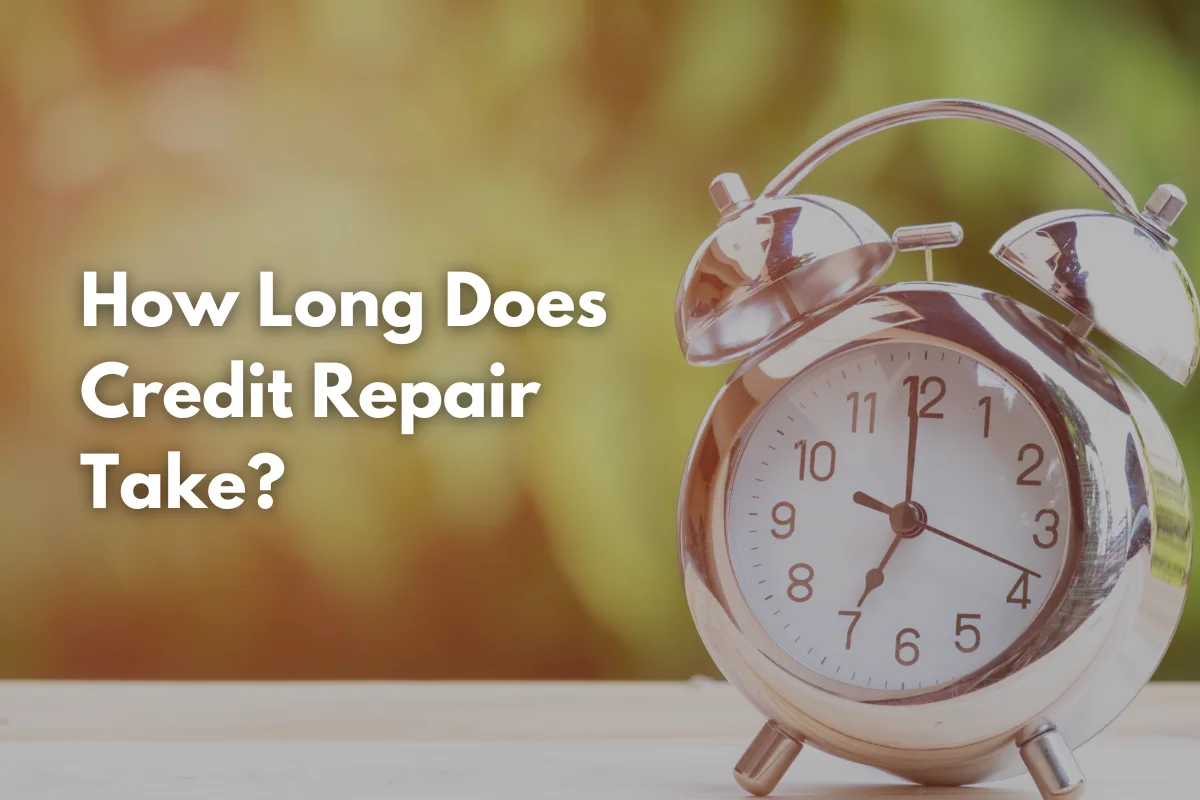A salvaged vehicle can be the ultimate bargain, until you run head-first into a maze of DMV forms, insurance hurdles, and skeptical buyers. The mechanical repairs may be behind you, yet sloppy paperwork or missing inspection evidence can cost more than any control arm or bumper ever did. This guide focuses on the back-end of the rebuild process: everything that happens from the day you finish turning wrenches to the moment money changes hands in a future sale. Follow these steps, and the phrase salvage title cars for sale will feel far less daunting, whether you intend to daily-drive the car or flip it for profit.
Why the Paper Trail Matters More Than the Paint
A salvage brand lowers blue-book value, but thorough documentation can shrink that penalty. Buyers and lenders fear what they cannot verify:
- Safety Compliance – Were the airbags, seat-belt retractors, and crash sensors replaced with OEM or equivalent parts?
- Structural Integrity – Was frame measurement performed before AND after straightening?
- Theft Prevention – Do stamped VINs on major panels match the paperwork?
Every receipt, photo, and alignment printout helps convince future inspectors, insurers, and private buyers that your rebuild was professional, not a patch-and-paint flip.
Step 1: Create a “Rebuild Binder” Before You Replace the First Bolt
A three-ring binder or cloud folder with a clear naming structure saves hours later.
- Section A: Damage Evidence
○ Auction photos or yard shots from multiple angles
○ Close-ups of primary and secondary damage areas
- Section B: Parts Receipts
○ Separate tabs for safety components, structural pieces, and cosmetic panels
○ Highlight VIN or serial numbers on any receipt that lists them
- Section C: Labor Records
○ Your personal work log with dates, torque specs, and sub-tasks
○ Invoices from professionals — frame pulls, air-conditioner evacuation, windshield installs
- Section D: Alignment & Calibration Proof
Before and after alignment sheets
○ ADAS camera or radar calibration certificates, if applicable
- Section E: Inspection & Title Forms
○ State-specific salvage applications, police VIN verifications, and inspection appointments
Updating the binder after every work session turns a mountain of loose paperwork into a coherent dossier.
Step 2: Schedule State Inspections Strategically
Most jurisdictions require at least one of three inspection types:
| Inspection Type | Focus Area | Who Performs It | Timing Tip |
| Safety/Rebuilt | Lights, brakes, steering, airbags | State DMV or certified rebuilder | Book before paint to fix discovered issues |
| VIN/Anti-Theft | Match VIN stamps and receipts | Law-enforcement officer or DMV | Bring original titles and bills of sale |
| Emissions/Smog | OBD readiness, exhaust gases | Licensed smog station | Complete 50–100 mi drive cycle first |
Appointments fill quickly after weather disasters or during tax-refund season. Grab a slot as soon as your rebuild hits the “80% done” mark, leaving time to correct any findings.
Step 3: Anticipate Insurance Scenarios Before You Call an Agent
Coverage options on salvage title cars vary widely:
- Liability Only – Available from nearly all carriers once the rebuilt title is issued.
- Liability + Comprehensive – Some mid-tier insurers offer this after a clean structural report.
- Full Coverage (Liability + Collision + Comprehensive) – Generally requires:
○ Independent appraisal from a licensed adjuster
○ Photographs of the finished vehicle on all four corners
○ Proof of frame measurement or alignment
Obtain written underwriting guidelines before submitting a payment. One insurer may decline collision coverage on rebuilt sports coupes, while another welcomes them at competitive rates.
Step 4: Price the Car Realistically for Resale
Rebuilt vehicles often sell at 60–80 % of clean-title value, but exact pricing depends on:
- Age and Rarity – A one-year-old compact loses more value to a salvage brand than a 15-year-old performance model.
- Damage Type – Cosmetic hail loses less trust than flood exposure.
- Documentation Quality – A thick binder can nudge the price toward the higher end of the salvage range.
- Warranty Options – Offering a third-party service-contract quote may comfort wary buyers.
Use multiple valuation sources (KBB, NADA, local classifieds) and apply a consistent salvage discount rather than chasing the highest published number.
Step 5: Craft an Honest, Detail-Rich Listing
Buyers scroll past vague ads. Include:
- High-resolution images of exterior, interior, engine bay, and undercarriage
- A paragraph summarizing original damage and repair highlights
- Bullet list of new parts (with OEM part numbers if possible)
- Copies or scans of alignment sheets and inspection certificates
- Clear title status wording: “Rebuilt / Reconstructed Title in Hand”
Transparency weeds out tire-kickers and draws serious shoppers who appreciate documented work.
Step 6: Prepare for Buyer Questions and Test Drives
Expect inquiries like:
- “Can I see the air-bag replacement receipts?”
- “Do all VIN tags match?”
- “Will my bank finance this?” (Hint: many lenders won’t; cash or credit-union personal loans work better.)
- “Can I bring a mechanic?” (Answer should be yes.)
For test drives, verify insurance coverage: either your policy’s permissive-user clause or a signed hold-harmless agreement. Accompany the driver, avoid heavy traffic, and keep the route short but varied (surface streets and a brief highway stint).
Step 7: Close the Deal With Proper Paperwork
- Bill of Sale – Include VIN, mileage, sale price, and “rebuilt title disclosed.”
- Title Transfer – Sign and date exactly as your state requires; mistakes cause DMV delays.
- Lien Release (if you financed repairs)
- Odometer Disclosure (if applicable to model year)
- Document Copies – Give the buyer a USB stick or cloud link containing the rebuild binder.
A smooth transfer reassures the buyer and protects you from future liability claims.
Maintaining Long-Term Value After the Sale
- Regular Service Records – Oil-change receipts and tire rotations help offset future buyers’ salvage skepticism.
- Avoid New Accidents – Even minor fender-benders can double-brand the title in some states.
- Keep Modifications Reversible – Wild body kits or DIY turbo installs scare off mainstream shoppers.
- Stay Organized – Add any new receipts to the binder; updates matter if you sell again in five years.
Key Takeaways
- Salvage title cars for sale lose value primarily due to unknowns—eliminate the mystery with meticulous documentation.
- Booking inspections early and securing insurance guidelines ahead of time prevent costly delays.
- Transparent listings and professional paperwork attract informed buyers willing to pay top salvage-market prices.
- Post-sale organization safeguards future resale potential and simplifies insurance claims.
Master these paperwork and resale steps, and you’ll discover that the salvage brand on your next project isn’t a scarlet letter – it’s simply shorthand for “rebuilt with care, saved a fortune.”









